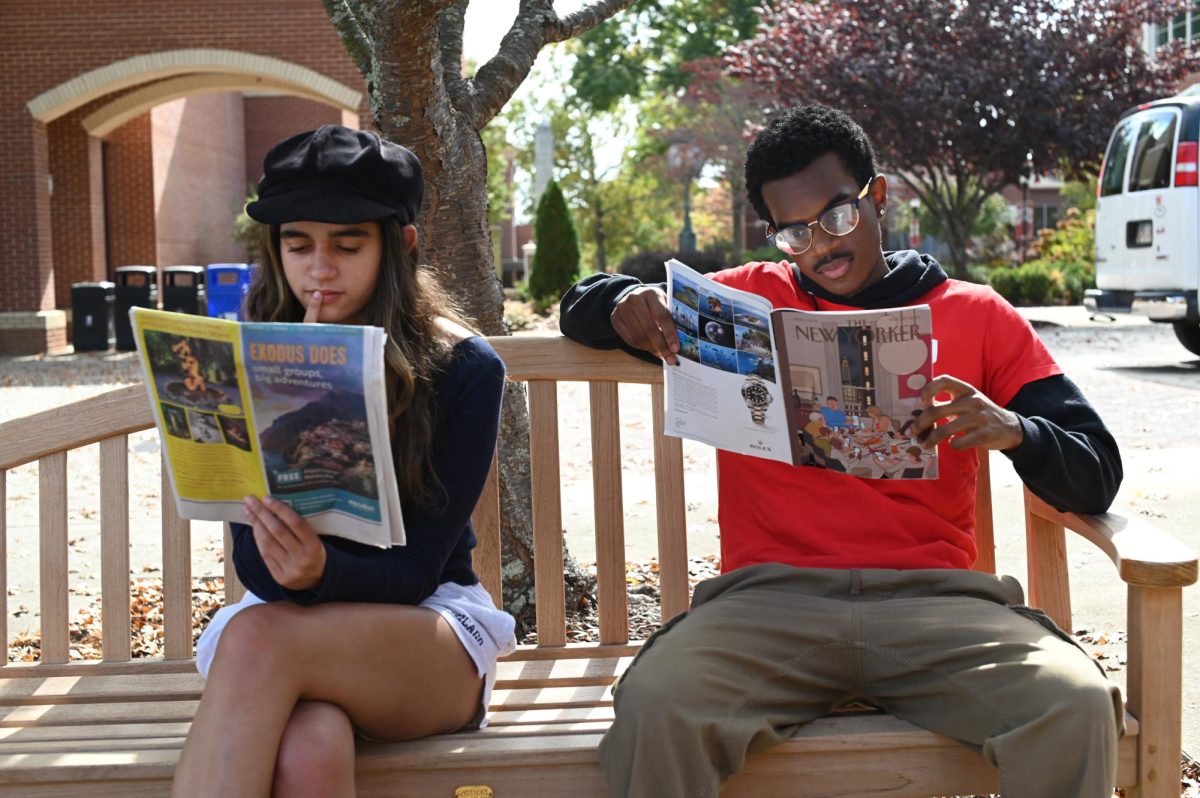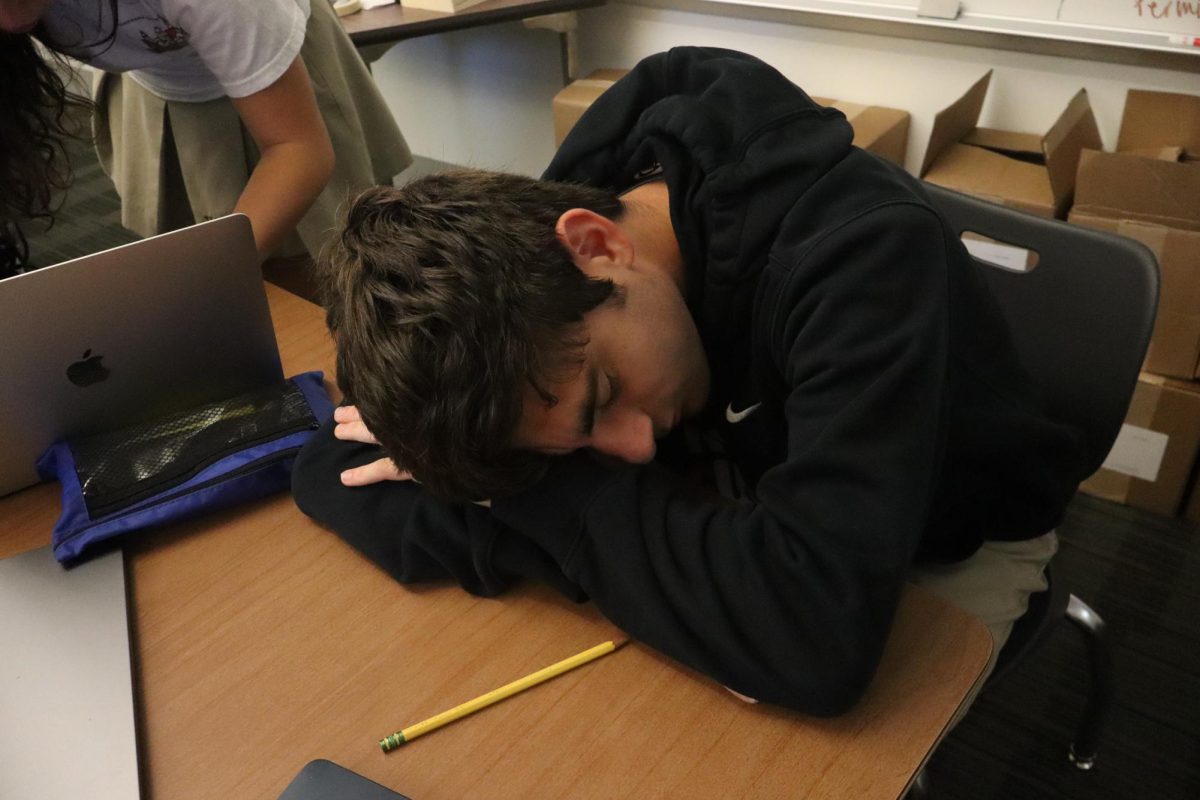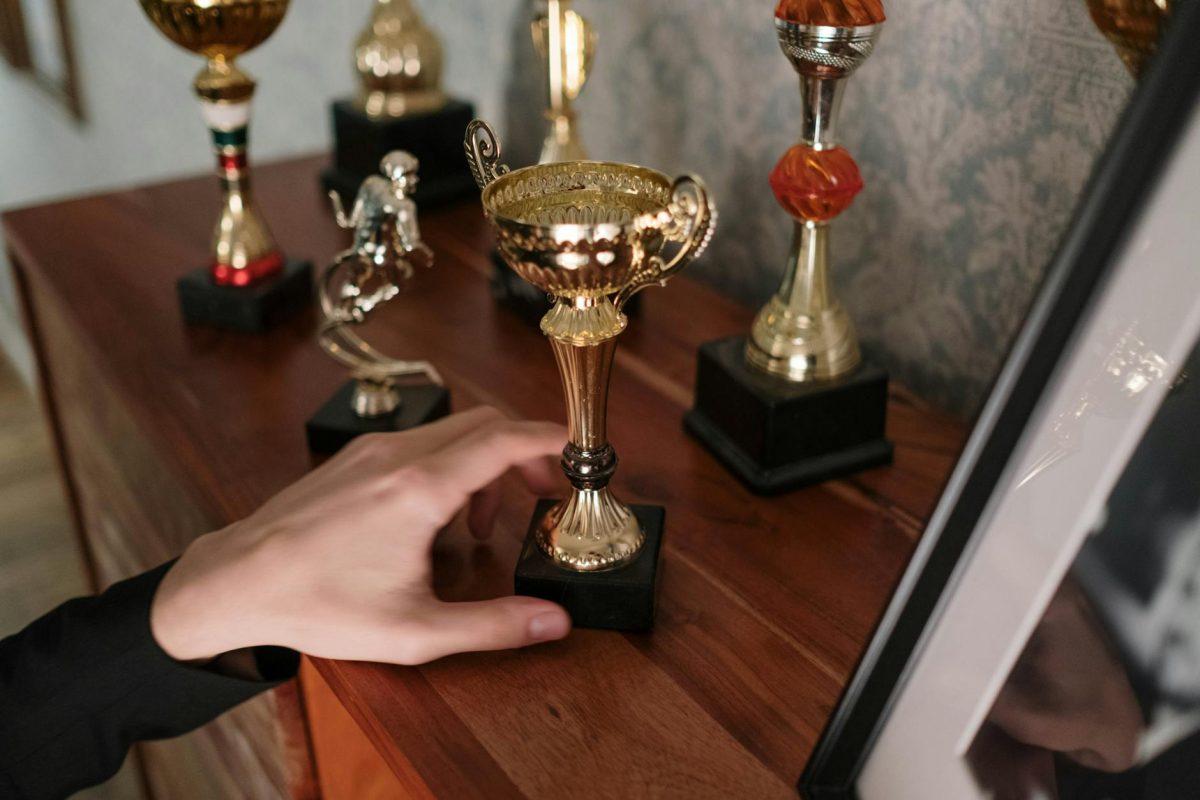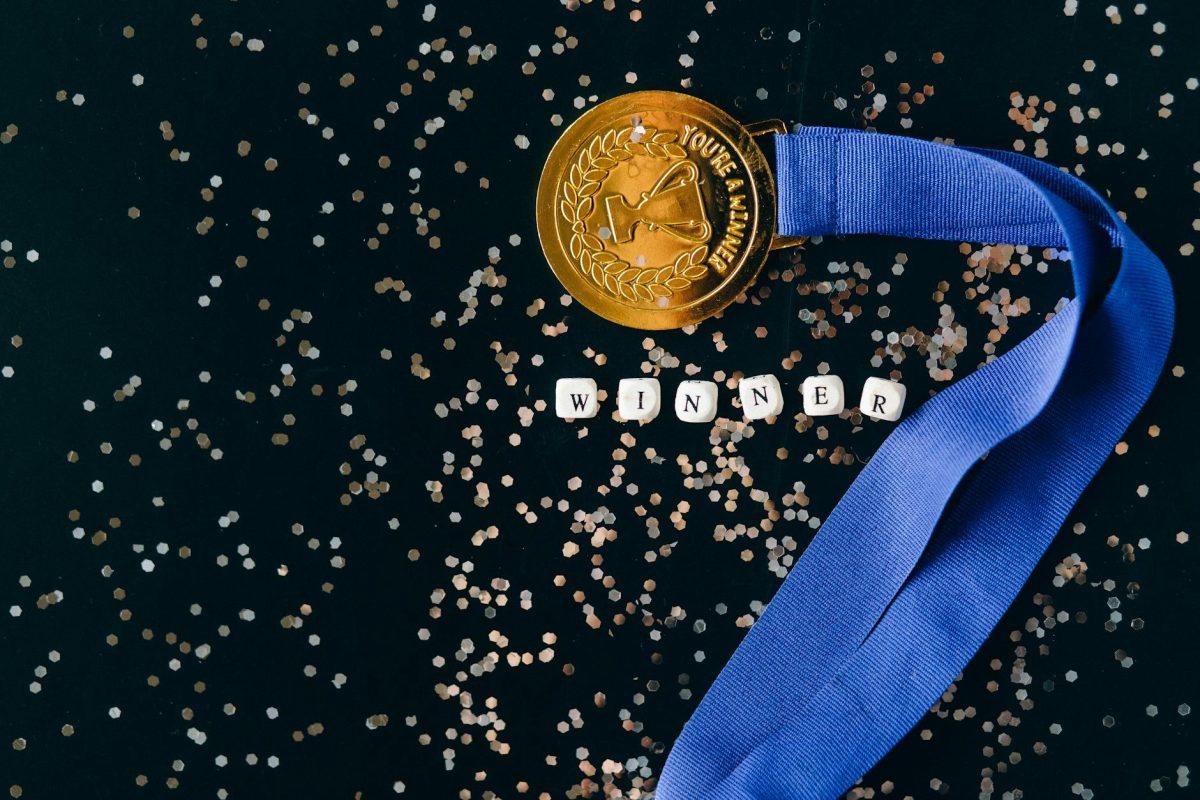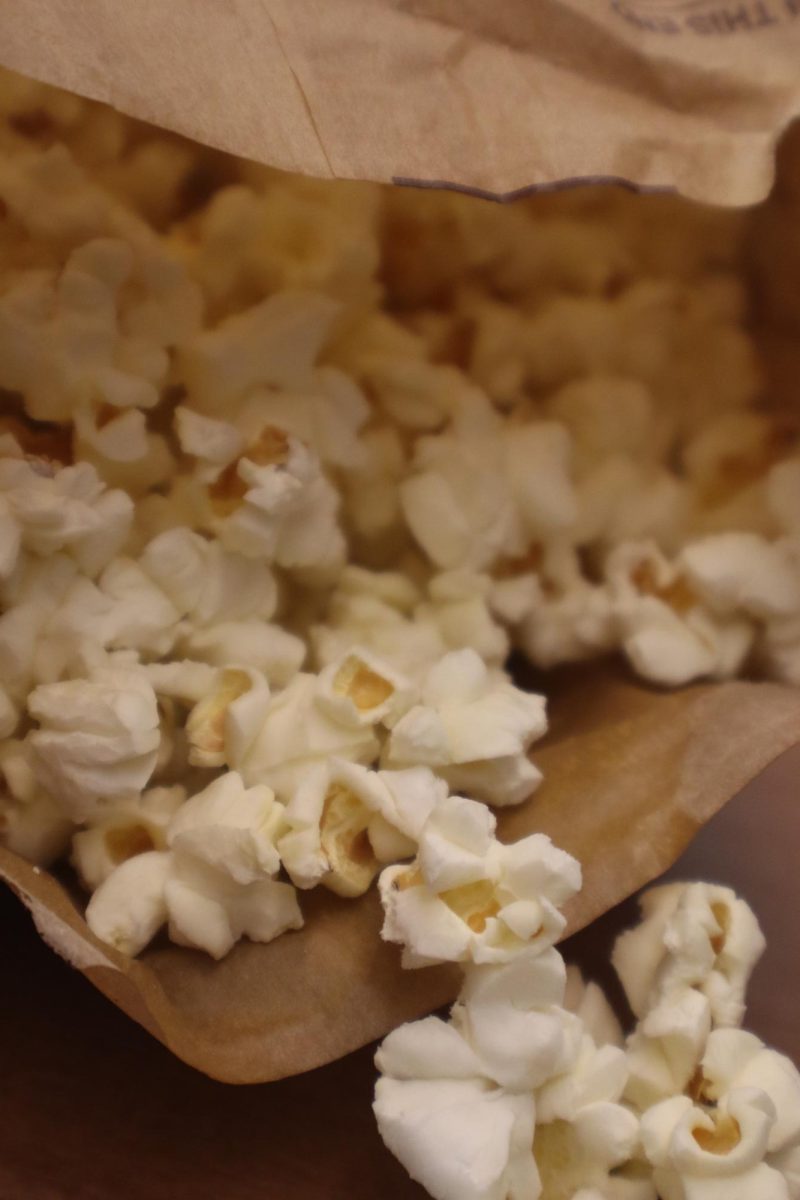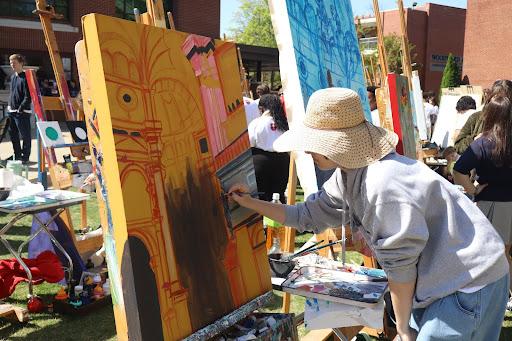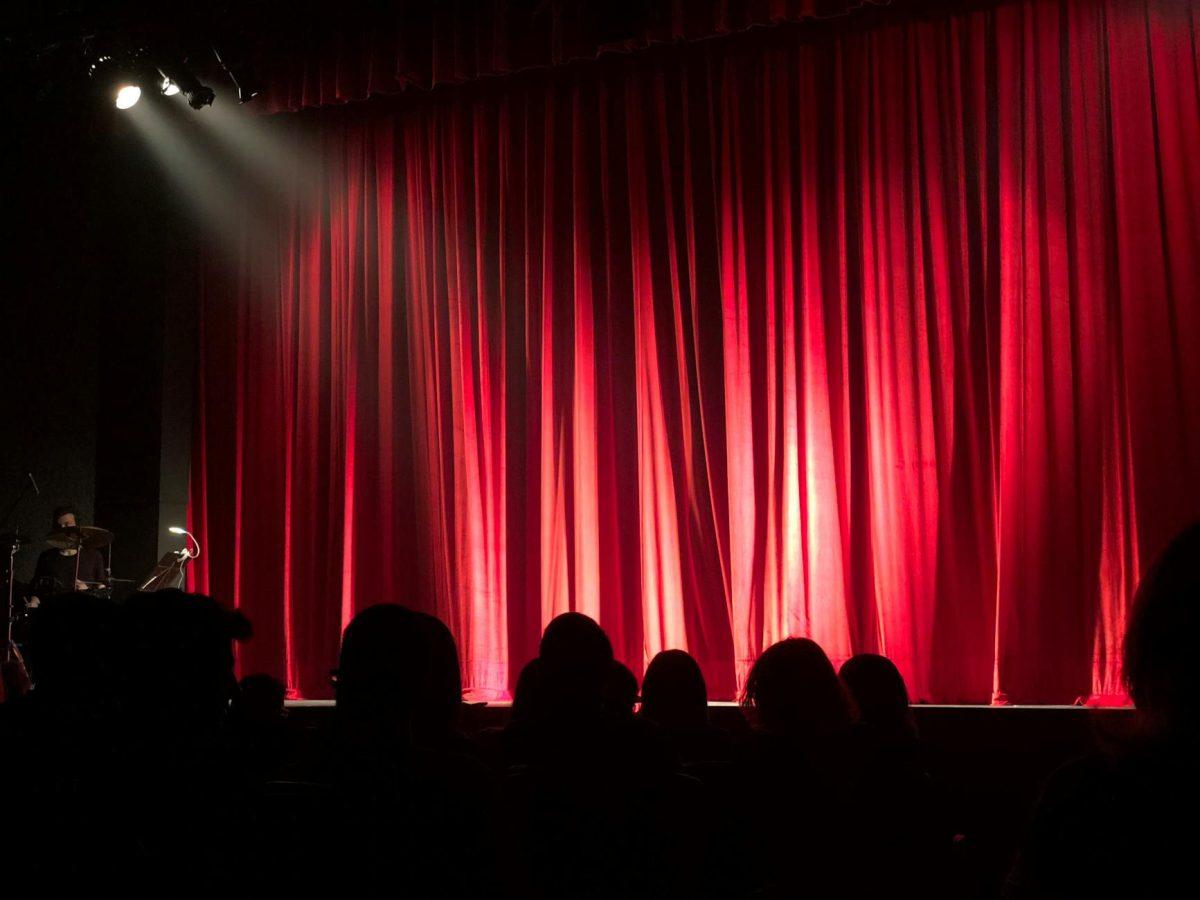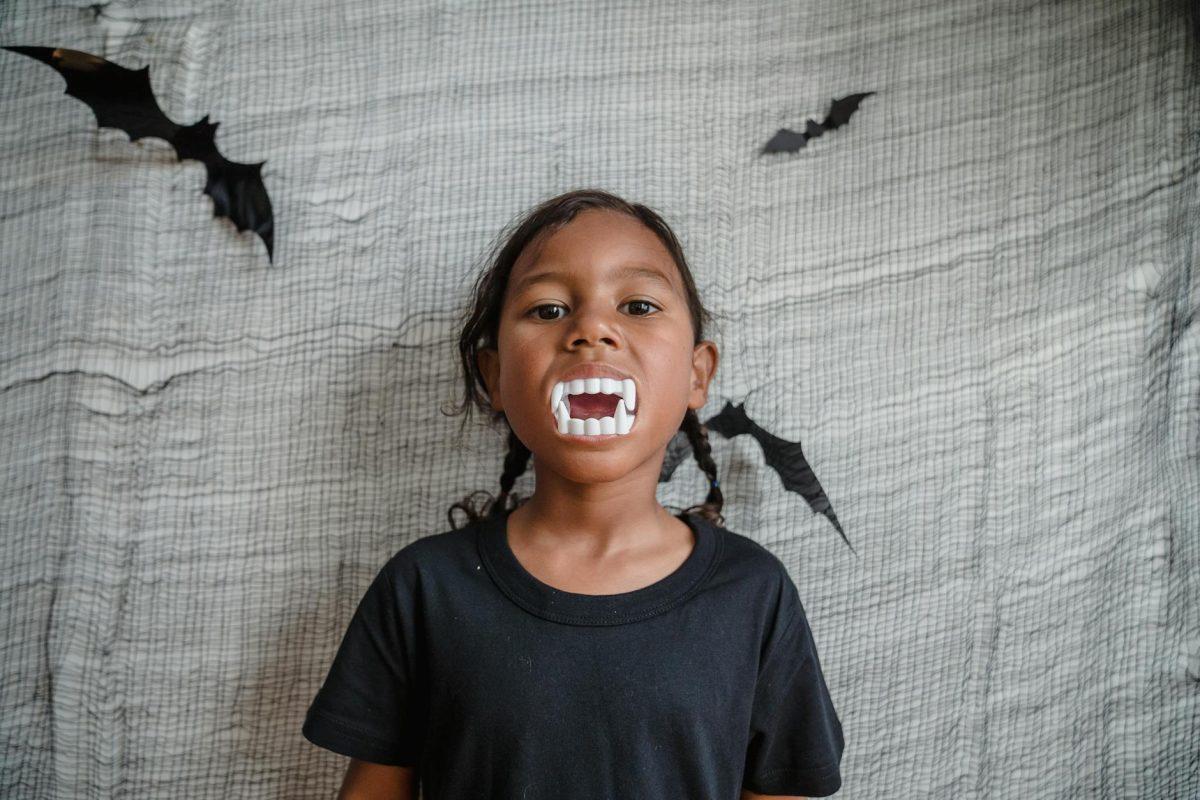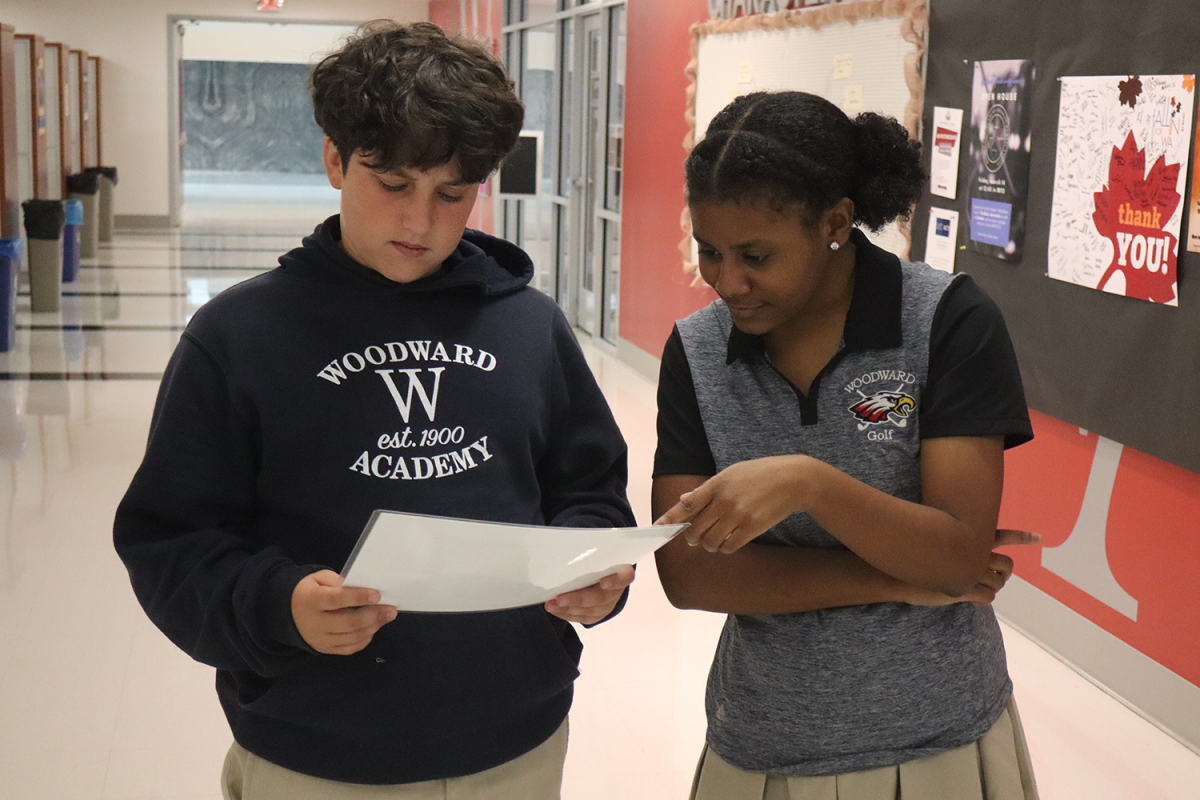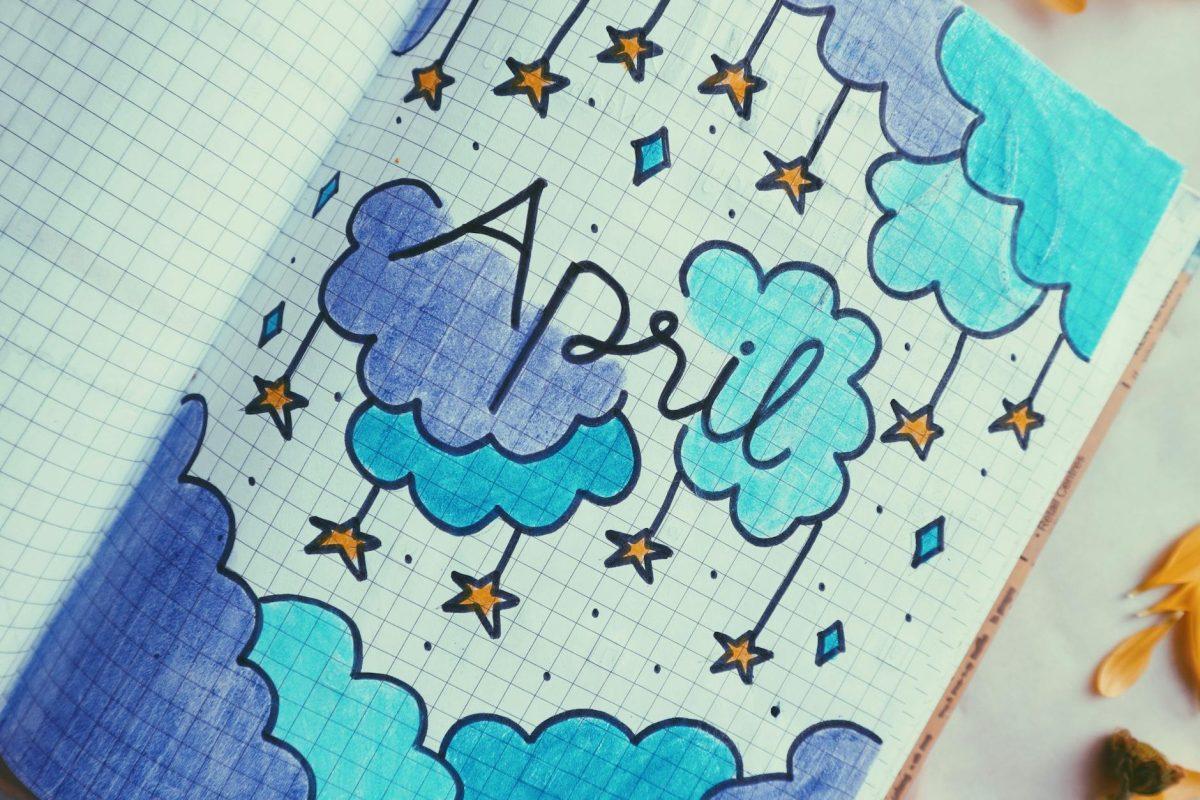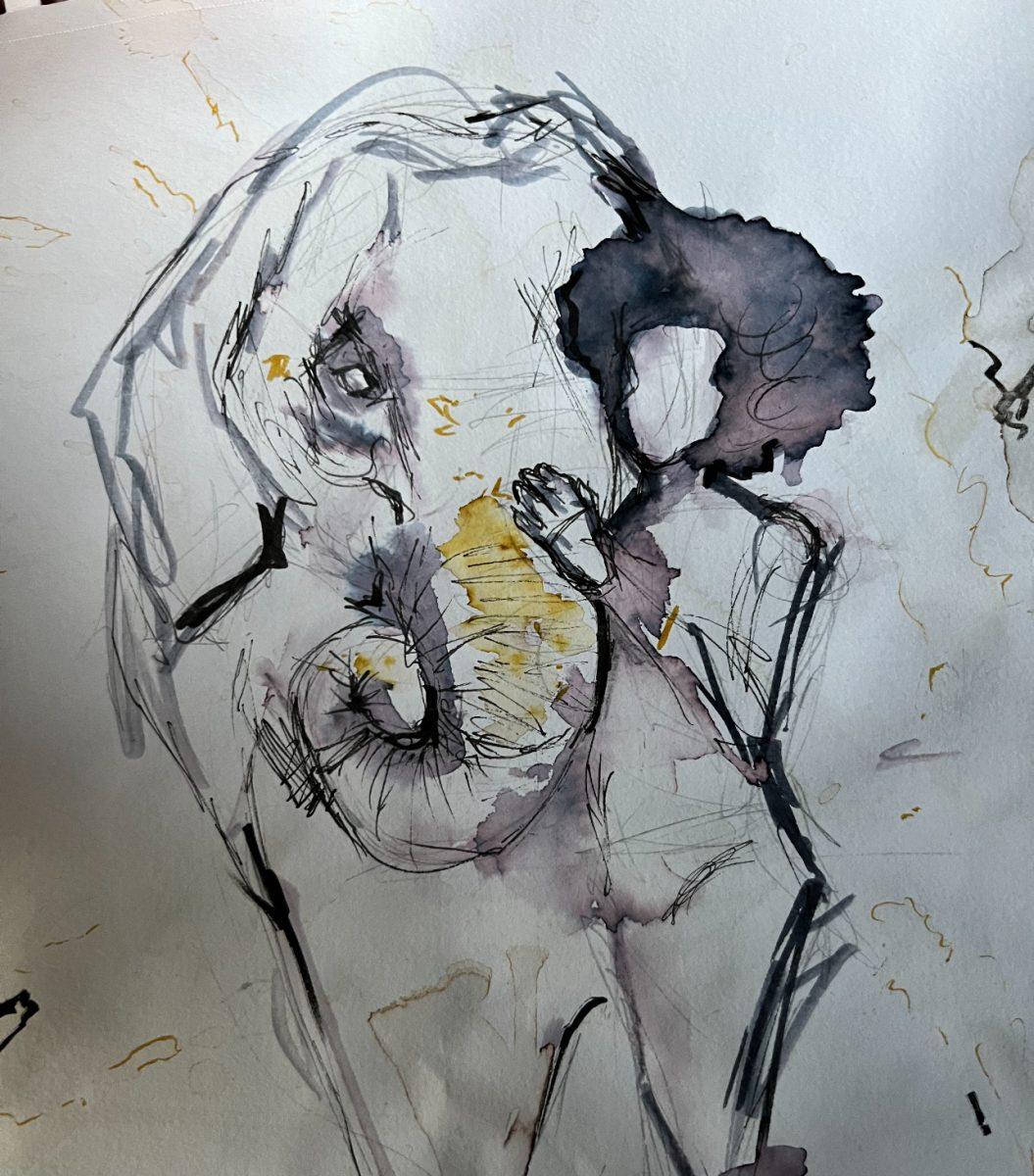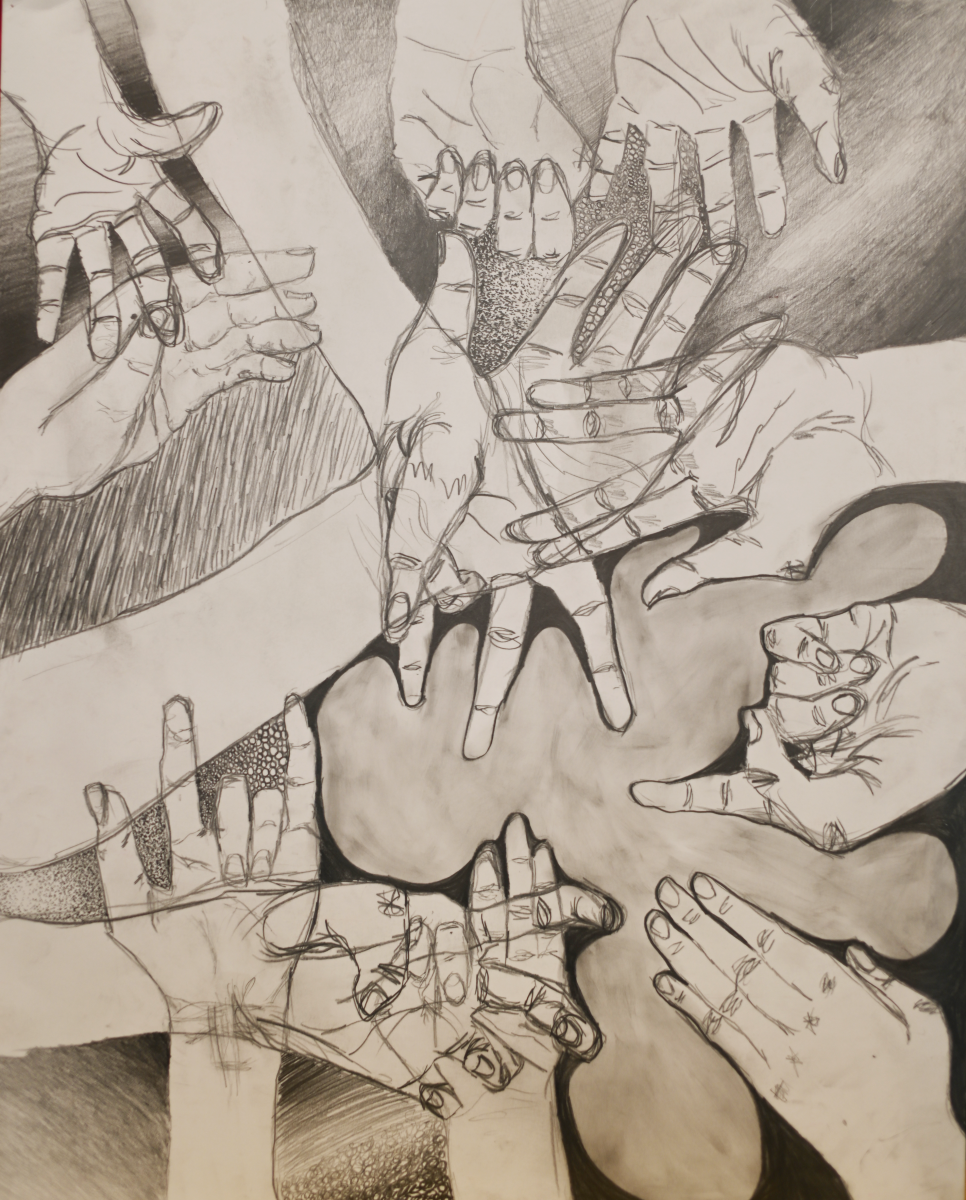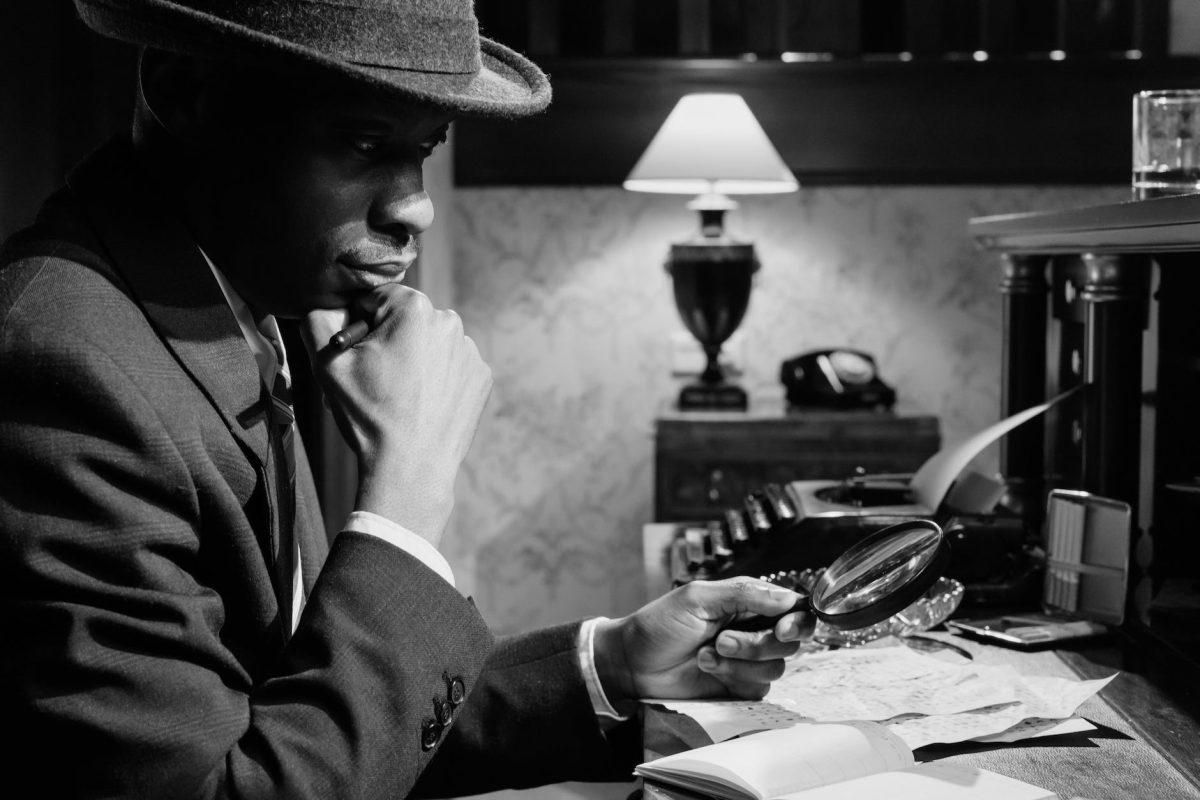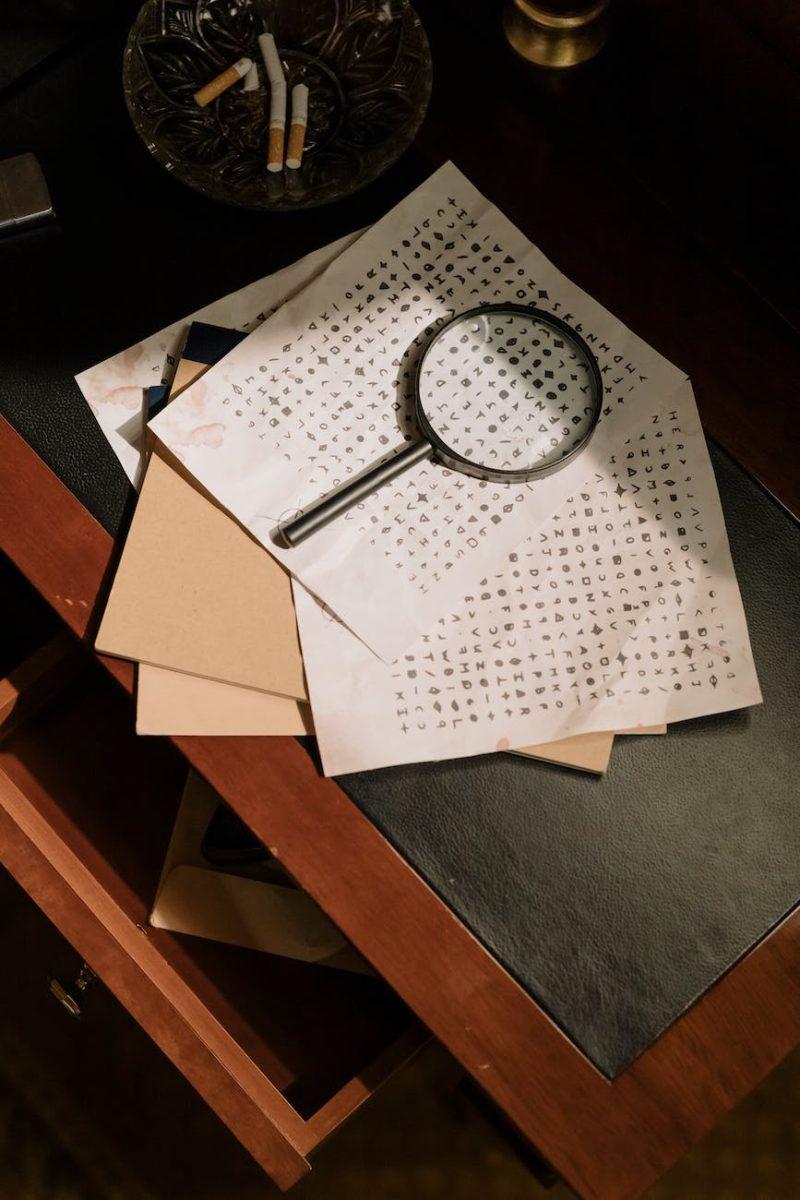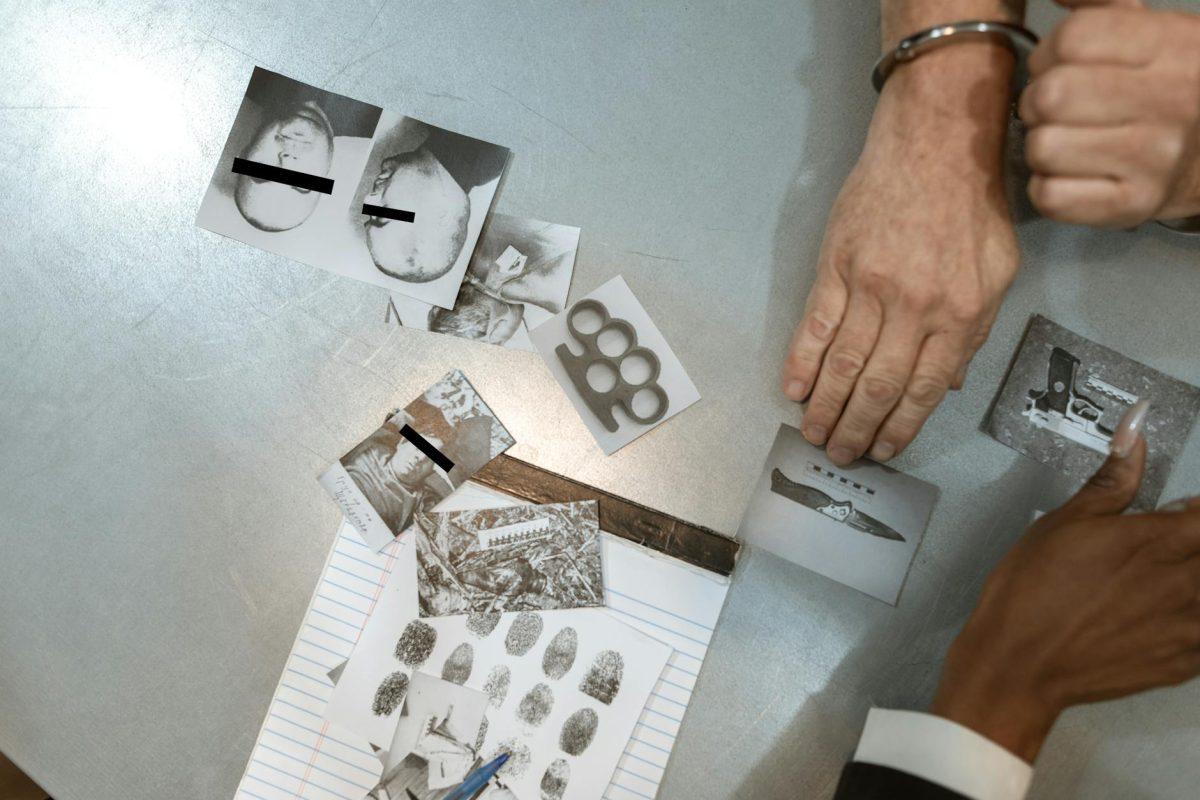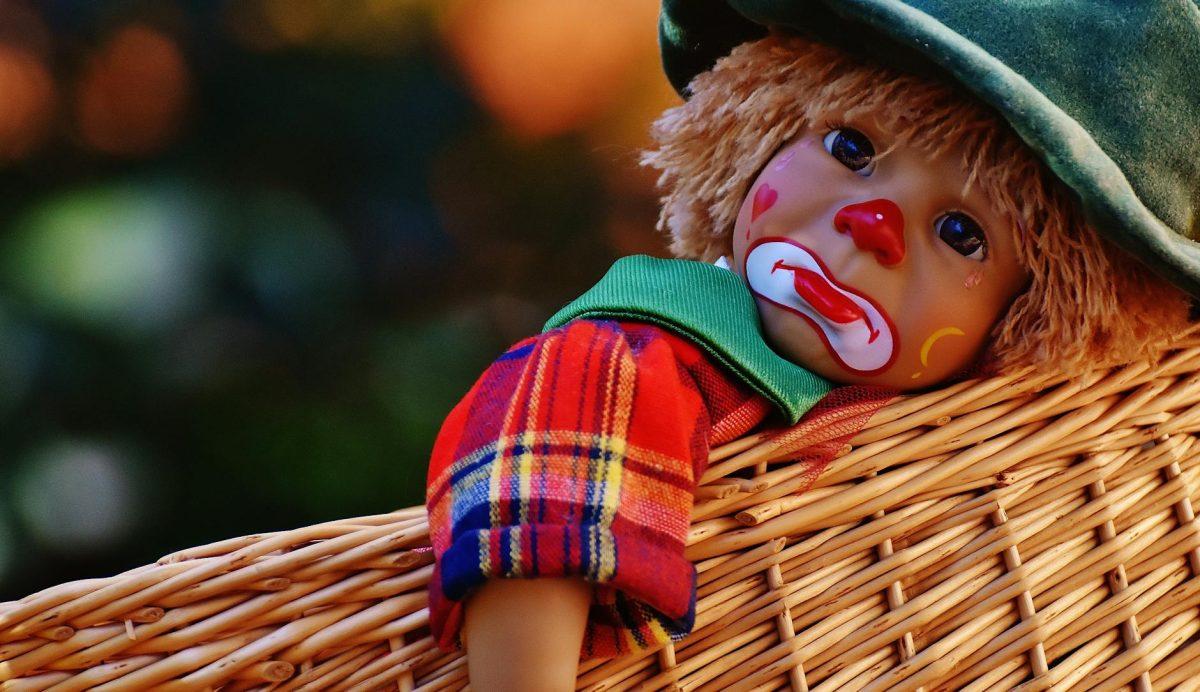When was the last time you listened to an album where there wasn’t a song you couldn’t get behind? For me, that day was January 5th, 2025, when Reguetonero Bad Bunny released his sixth full-length studio album “DeBÍ TiRAR MáS FOToS” (excluding “OASIS,” a duo album with J Balvin). Within weeks of its release, the album blew up on social media platforms such as TikTok and has garnered hundreds of millions of streams worldwide. It perfectly blends old and new sounds of reggaeton, plena and salsa without sounding gimmicky.
For the uninitiated, what is reggaeton? Reggaeton is a genre of music that originated in Panama in the late 1980s but really took off in the 90s and 2000s when it gained popularity in the Caribbean. It draws inspiration from dancehall (reggae fusion), latin and hip hop music. Some reggaeton songs you may know are “Gasolina” by Daddy Yankee, “Yo Voy” by Zion y Lennox feat. Daddy Yankee and “Mi Gente” by J Balvin and Willy William.
Benito Antonio Martínez Ocasio, under the stage name Bad Bunny, is recognizable by just his iconic deep voice. Named the “King of Latin Trap,” Bad Bunny is a force to be reckoned with in the reggaeton scene. He debuted in 2016; released his breakout album, X100pre, in 2018; and hasn’t missed a beat since. Americans may recognize his voice from “I Like it” with Cardi B and J Balvin.
Bad Bunny has also been bringing Puerto Rican reggaeton to the forefront of Latin music, as opposed to music from bigger countries like Mexico or Colombia, which is changing the way we think about the genre and allowing opportunities for other artists to flourish. While this album doesn’t have many features, Bad Bunny made sure to invite up-and-coming Puerto Rican artists to the mic: RaiNao, Chuwi, Omar Courtz, Dei V and Los Pleneros de la Cresta.
There are so many things going on in this album. The album title translates to “I should’ve taken more photos,” which hints at the nostalgic tone of the song with an abbreviated version of the album’s title (“DtMF”). Along with nostalgia, listeners will experience a gamut of emotions: heartbreak, hope, longing, lusting, bliss, playfulness. Overall, this album is upbeat, celebratory and a lot of fun.
In the midst of that upbeat tone, the album draws attention to issues affecting Puerto Rico, such as gentrification. “LO QUE LE PASÓ A HAWAii” foreshadows the possible ruin of the island and culture by looking at Hawaii as an example of what could go wrong.
Like Taylor Swift, Bad Bunny has gone through dozens of Eras. He’s been a loverboy and heartless, but it’s now clear that he’s in his accepting era. You can hear the pangs of sadness in his voice, but you can see the acceptance and evolution in his lyrics. He makes subtle references to ex-partners that you can only catch if you listen closely.
The most popular song on this album is “DtMF,” which is short for “Debi Tirar mas fotos.” Its heartfelt sound tugs on Spanish and non-Spanish speaking heartstrings alike, with rampant popularity on social media. This song is not one of my favorites because I find it too sappy, and, well, I’m cold hearted. Nevertheless, I do see the appeal: an anthem of regret, wishing one had taken more photos and hoping family never moves. “DtMF” reminds us to spend time with our loved ones while he have them and to take photos to remember them when they are gone.
The Spanish language and its cultures are the most welcoming and accepting spheres you will ever come across. When I hear stereotypes and horror stories of French people being rude to Americans when they come to France and speak French, I smile and feel elated that I was born into a Spanish-speaking family and attended an international school where I learned Spanish. I never feel judged for my proficiency, which makes me feel secure as a Latina living in the US.
This is the reason why I will never gatekeep Spanish music. I never want people to feel discouraged about learning Spanish. I never want people to feel like Spanish lives solely in the classroom: painful conjugations, false cognates and songs about libraries and scarves. I will always promote Spanish music to my friends learning Spanish because, one, it’s amazing, and, two, it’s going to help them with Spanish outside of the classroom.
AP Spanish scholars Kailyn Blue ‘25 and Pate Jones ‘26 have a head start among the Woodward students, meaning they have already listened to the album. For anyone learning a new language, it’s important for them to consume media in that language, because culture is at least half of a language. Pate’s and Kailyn’s favorite song on the album is DtMF. This album made Kailyn feel connected to her Caribbean roots, even down to the cover art. She shared a message for people thinking or listening to the album.
“Listen closely,” Kailyn said. “If you don’t know the language, maybe look up the lyrics in English, because…it’s not just music. He’s trying to send a message, and if you really listen to it, you’ll get it.”
I asked Pate if she ever wishes she had taken more photos.
“Definitely,” Pate said. “You think of different people, you think of places you’ve been to and stuff, and it’s just kind of like, wow.”
I have been listening to Bad Bunny since fourth grade, so it’s safe to say that I’m a huge fan. My favorite songs of his are “Safaera,” “Ojitos Lindos,” “La Jumpa” and “Hibiki.” If you’re someone new to Bad Bunny or the Reggaeton genre, I implore you to listen to the whole album and to not dance around the first couple of songs. Let this article be your taster for the 17-course experience that is “DeBÍ TiRAR MáS FOToS.”
Favorite Songs
Perfumito Nuevo: This song sounds like a DJ board flipped inside out. RaiNao’s angelic vocals make me feel like I’m levitating. Perfumito nuevo translates to “Little New Perfume”; serendipitously, on the day of the album’s release, I bought a new perfume. Now, whenever I listen to this song, I smell that perfume. This song paints how we associate smells with people, places and experiences.
EoO: I think Bad Bunny got a little lazy with this song title. Every time I listen to this song, I start to dance, without fail. I dare you to listen without shimmying, or even tapping your feet–it’s impossible. Take caution while driving. This song samples “Perreo Baby” by Héctor y Tito, and remixes an iconic line from Bad Bunny’s “Solo de Mi.” This might just be me, but when I’m listening to a new album, I tend to dance around between only the first five songs, and I never make it to the end. Please get out of this mindset for this album. Listen to it all the way through–or, at least, until you make it to EoO.
Favorite Lyrics
DtMF
Pero queriendo volver a la última vez
Que a los ojos te miré
Y contarte las cosas que no te conté
Y tirarte la’ foto’ que no te tiré
But wanting to go back to the last time
That I looked into your eyes
And to tell you the things I didn’t get to tell you
And to take the pictures I didn’t get to take
WELTiTA
Eso’ ojitos lindo’ me encanta cómo brillan
¿Cómo una diosa puede ser tan sencilla?
Those pretty little eyes, I love how they shine
How can a goddess be so simple?
*In two cases above, “la’ foto’” and “Eso’ ojitos lindo,’” an apostrophe stands in place of an S. This is to represent the common speech pattern in Puerto Rican Spanish of dropping the S on plurals.

